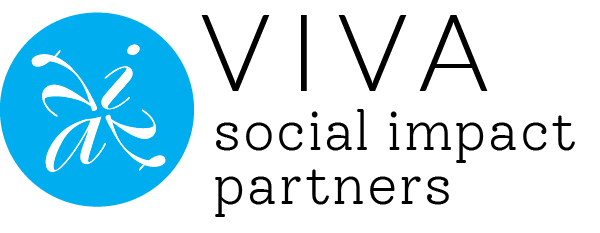
Do you hate strategic planning? Or perhaps find it devoid of strategy? You are not alone. In exploratory strategic planning conversations, we often find that our time is spent unwinding previous bad planning experiences that were spent drowning in process paralysis. Call it a hangover effect of bad strategic planning. Are you in need of a good strategic planning hangover therapy session? Here are 5 tips to consider for your next strategic planning process.
- Personality Matters. You will spend considerable time with your strategic planning consultant. Is the lead facilitator engaging? Can you envision looking forward to being in a room with this person for long periods of time? Are they able to say, “I don’t know,” and instill even more confidence?
- Reinvigorating Passion. If you are bored by a proposed strategic planning scope of work, you will be bored during its execution. A transformative planning process will look a little different and may include unconventional tactics. Invigorating the passions of your board, staff, and customers should be at the core of your planning conversations. Planning should magnify your bright spots—and identify your might-be-bright spots.
- Take Details Offline. One hole that organizations often fall into during strategic planning is being inclusive of too many people each step of the way. Planning sessions devolve into nitty-gritty discussions over minor details (aka process paralysis). A planning process should include thoughtful inclusion of the right voices at the right times.
- Realistic Evaluation Anchors. A strategic plan and a detailed evaluation plan are not the same thing. It is important to focus on key anchor outcomes that your plan aims to achieve and benchmarks that will be utilized to provide feedback for your own continuous improvement in the implementation of your plan.
- Your Plan Is Not the Yellow Brick Road to Emerald City. At the end of the process, you have a strategic plan—but it’s a road map, not a tightrope. There is more than one way to move your plan forward. At the same time, a focused strategic plan provides guide rails that you can use every day for every decision.
Take two aspirin, follow these tips, and let us know how your next planning process goes. Have tips to add? Let us know!
